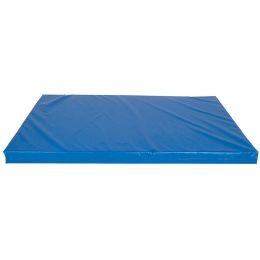
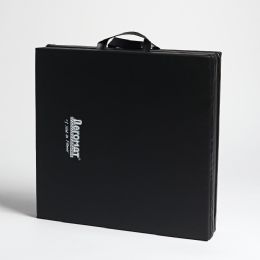
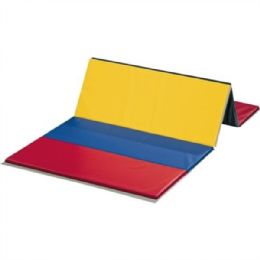
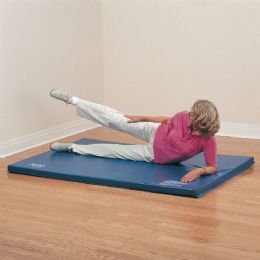
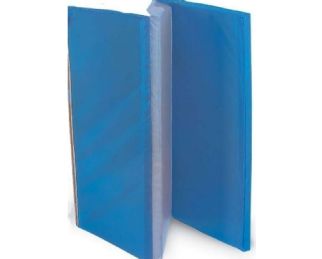

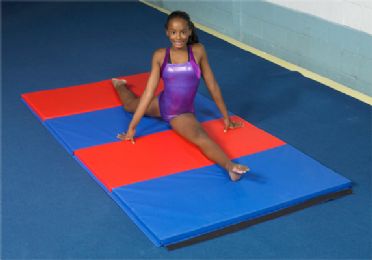
~4.jpg&newheight=260&quality=80)
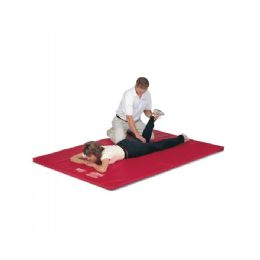
~1.jpg&newheight=260&quality=80)
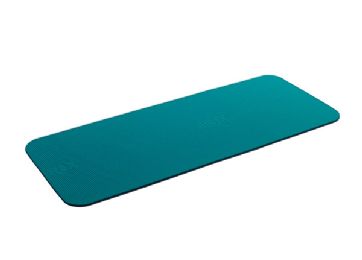
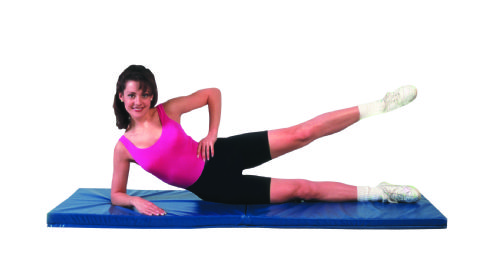
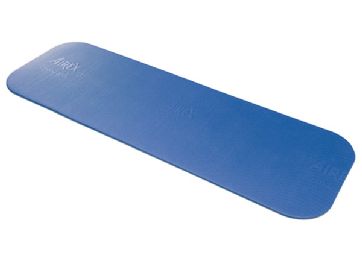
What are Exercise Mats?
Because they are used for such a wide variety of activities and purposes, exercise mats come in quite an assortment of varying shapes, styles, sizes and density thicknesses to accommodate a broad range of exercise, rehabilitation and therapy applications. They are utilized to cushion the body during all types of fitness activities, helping to reduce high-impact exercise stress and shock while they also provide a more comfortable and cushioned space for performing various types of exercise on a hard floor.
Exercise mats are used for pilates, yoga, martial arts, gymnastics, rehabilitation therapies, general fitness, professional fitness and gym/work-out equipment. It is important to determine what the mat will be used for, how often it will be used and where it will be used to make the best choice for your own specific fitness or rehabilitation purposes. Exercise mats vary in thickness, tackiness, length, weight and portability, so it is important to select the right mat for the right application.
Yoga Mat
Because they are intended for more low impact exercise and balance movements, yoga mats are generally much thinner than other exercise mats. But they still provide enough cushioning for yoga exercises and they’re also tackier. Their tackiness helps them cling firmly to the hard floor surface while it also helps to keep hands and feet in place without slippage. Yoga mats should be long enough to fit the length of your body while engaging in yoga poses/asanas. While the standard size is 68 to 72 inches in length, there are longer versions available for taller individuals. Mat densities for yoga generally range from 1/8 to ¼ of an inch thick.
Pilates Mat
They may look like yoga mats, but pilates mats differ in thickness, tackiness and length. Typically offering at least ½ inch density, pilates mats are usually constructed with closed-cell technology for firmness. Pilates mats are usually shorter and thicker than yoga mats, but some may be larger dependent upon specific pilates programs being performed. They are usually not as tacky as yoga mats to help encourage more free flowing movement.
General Fitness Mat
Utilized for a wider range of general fitness activities, general fitness mats are usually at least a ½ inch thick or more, and about 5 feet in length. They help absorb impact stress while they also provide extra cushioning between the user and the floor to help reduce risk of injury. They offer the ultimate versatility and can be used for most types of exercise, including stretching, crunches, lunges, pushups and cardio.
Professional/Gymnastics/Martial Arts Mats
Often used in organized sports such as gymnastics, professional exercise mats are much thicker to better absorb impact stress and help prevent injuries from falls. Generally at least 1 or 2 inches in density, professional fitness mats protect the body during martial arts maneuvers and gymnastic exercises like tumbling. They are usually large and bulky, making them a better choice for permanent mats, rather than those that can be transported.
Interlocking Foam Mats
Available in various configurations, interlocking foam mats are used for a wide variety of fitness and rehabilitation applications. With a much higher thickness of about 5 inches, they provide excellent cushioning for high intensity exercises. Also used for martial arts, interlocking foam mats may be configured like puzzle pieces that fit together, or they may feature hook and loop closures that ensure they stay together when multiple mats are combined.
Incline Mats
Specially designed wedge mats are often employed for rehabilitation purposes, especially with pediatrics. They may be used in physical therapy and occupational therapy programs to facilitate gross motor development, encouraging crawling, tumbling and rolling movements. They are designed to be soft and colorful to encourage the child’s participation, and are often utilized in physical education classes, special education programs, pre-school, day care facilities and at home.
Floor Protector Mats
Instead of using these mats to perform exercises, floor protector mats are placed under gym and fitness equipment to safeguard the underlying floor from damage. They offer a good amount of tackiness to stay firmly in place and help keep equipment like rowing machines, treadmills, exercise bikes, weight lifting equipment and other fitness apparatus steady and stable during use.
Rehabmart is pleased to provide our customers with a vast selection of superior quality exercise mats from such respected manufacturers and vendors like Fabrication Enterprises, Body-Solid, Sammons Preston, Pivotal Health Solutions, MJM International, Hausmann Industries, J/Fit and Pivotal 5.
Hulet Smith, OT
Rehabmart Co-Founder & CEO
ck